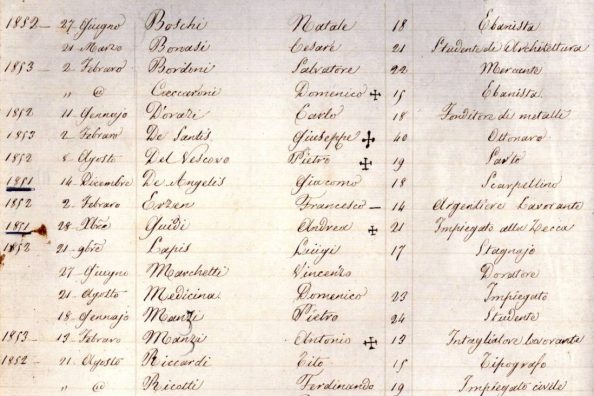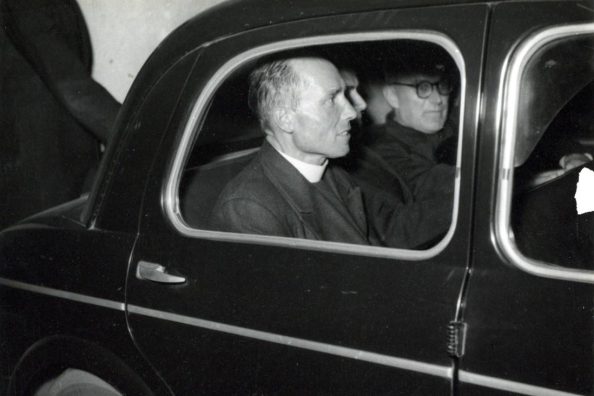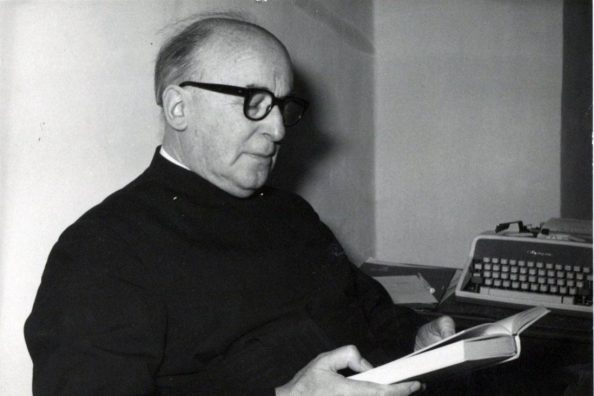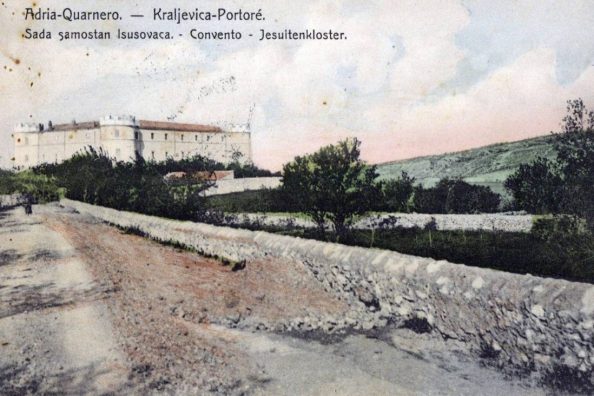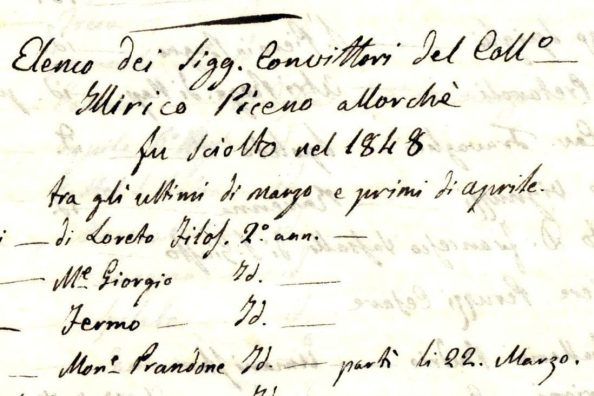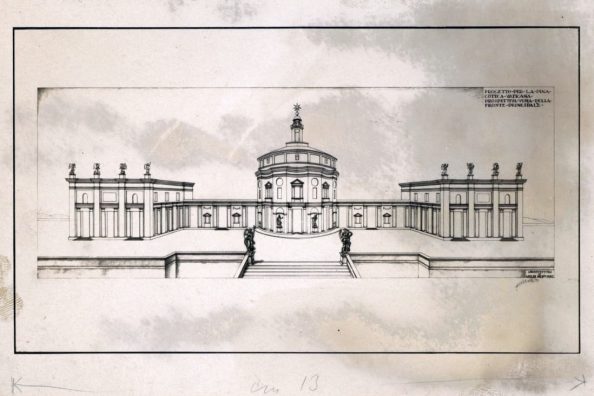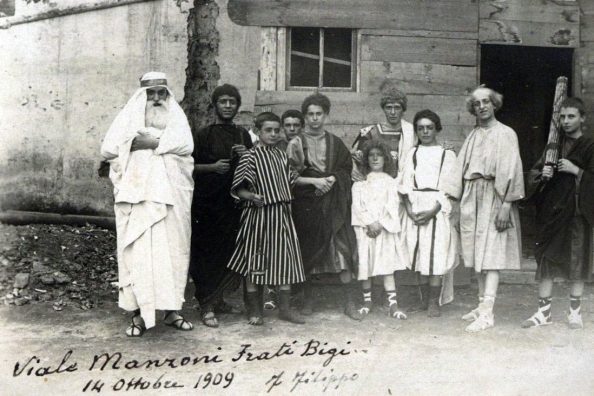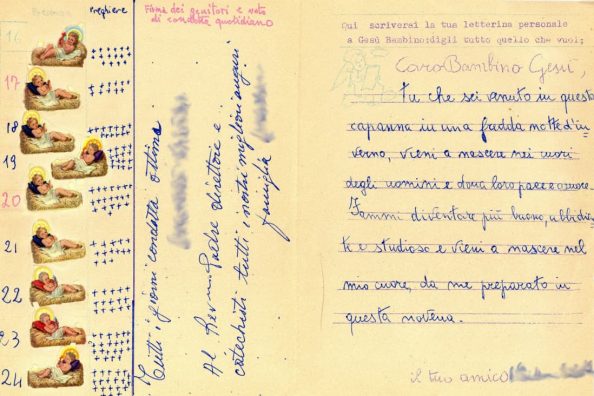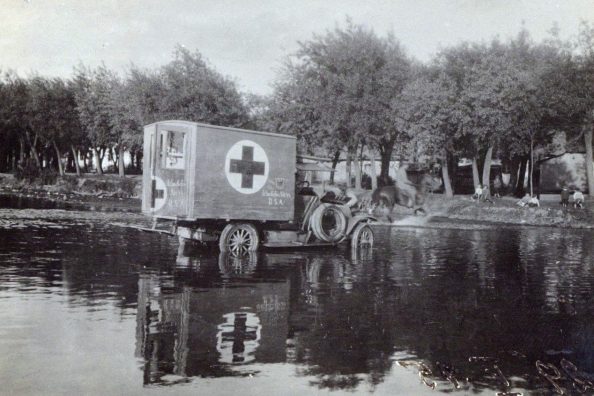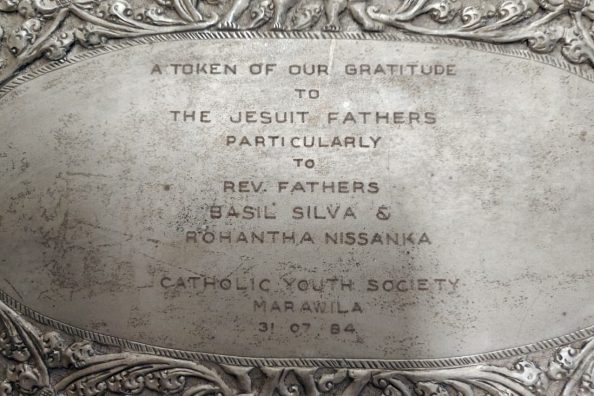Instruments of torture in archival collections: silent killers disguised as metal clasps
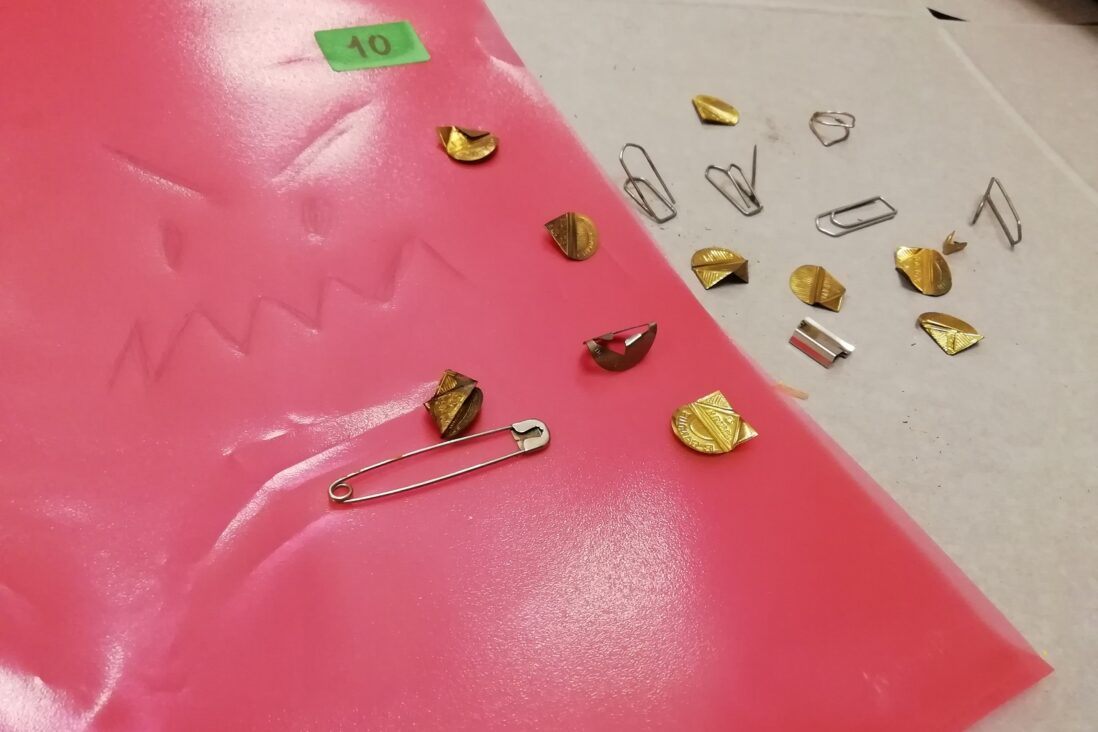
Tortured, pierced and mutilated. No, today we are not talking about the Jesuit martyrs, but about archive documents and the main damage that historical documentation can suffer.
All archivists during their work put together their own personal gallery of archival horrors, collecting various extraneous objects that they extract from the documentation. In the past, any office – civil or ecclesiastical – used pins on a daily basis, with or without heads, paper clips of the strangest shapes, pins, paperclips, paperclips… our archive also boasts safety pins that pierced various files for decades.
Pictured here is the archivist’s personal collection, put together during the reorganisation and ‘liberation’ of the papers from these instruments of torture. No archive is immune to this, not even the most virtuous ones, found in religious archives as well as in historical municipal or state archives.
People were not aware of the main damage that these objects can cause to documents: folds, tears, holes, cuts, but the worst damage is the one caused by the incessant working of air on iron: rust.
The reddish patina that inevitably forms on the ferrous surface also affects the paper and jeopardises its preservation.
The reddish patina that inevitably forms on the iron surface also corrodes the paper and endangers its preservation. Often rust, also favoured by humidity, has so affected the iron structure that the pin breaks in the hands of the archivist who removes it by opening it and not by pulling it out – to avoid creating tears in the sheet.
These objects are very dangerous not only for the archival documents they are stapled to, but for human beings: the archivist removes all iron staples carefully as they can transmit tetanus and researchers must be able to do their work safely.
Another enemy of paper is scotch tape, which is relatively younger than paper clips, but in its own way nonetheless treacherous.
The adhesive surface of scotch tape has appeared inviting to many to join several sheets together, but also – unfortunately – to repair a damage, a tear in a sheet or in the spine of a book, perhaps a six-hundredth…
The Scotch is also a double agent, it starts its damaging action on the documentation right away. The archivist can – with patience and attention – remove pins, pins and even for the most stubborn proceed by lifting the ferrous flaps until the sheet is gently subtracted from that mortal grip, but against Scotch tape, especially if not seasoned, he cannot do much.
In fact, if the adhesive has recently been put on an old sheet – especially if it is a hundred or two hundred years old – and is still well adhered, it is not advisable to try to remove it, on pain of destroying the document or losing the ink underneath, it is necessary to contact a restorer.
The archivist’s day gets better if the scotch tape is seasoned: the adhesive capacity with time diminishes until it disappears – at least for older products – and also due to dust, the tape ‘loosens’ its grip, but leaves a trace of its existence with a brown stripe on the surface of the document.
Another enemy of the archivist is the rubber band, which is more dangerous the older it gets. Initially in fact the rubber band can create mechanical damage, the friction on the papers leads to cuts, abrasions, unnatural folds. Documentation can still survive if it is removed in time.
A rubber band holding a packet of photographs together for a decade has already left its sticky mark. In fact, the rubber band loses its flexibility over time, it dries and stiffens, and if it has come into contact with inks or photographic film, one risks removing them by trying to pull it off with force.
An equal foe with paper clips and in many respects also the most feared and dreaded is a material that only appeared in the stationery market a few decades ago but has managed to infiltrate even the oldest fonds: plastic folders.
Believed – mistakenly – to be useful for archive papers, they have ‘accommodated’ correspondence, historiae domus, plans and photographs.
Plastic, however, also ages badly. In fact, over time, these folders – especially those dating back to the 1970s and 1980s – have stiffened, becoming adherent with the surface and especially with the ink.
Unfortunately, when one goes to peel off the plastic folder, one can clearly see that the inks, to a large extent, have transferred to the transparent surface and that the sheet of paper looks washed out. Furthermore, the moment the plastic is separated from the sheet, an ominous creaking sound can be heard… due to the adhesive effect between the ink and the surface of the plastic folder.
A fate that mainly characterises the files of historical court archives, but to which the papers of religious archives have also been subjected.
Also on the archivist’s watch list of special and wanted items are: glue – hot, cold, Coccoine and similar – post it, pen, felt-tip and pencil marks, ring binders for which the documentation has even been punctured, string etc. etc.
We end this insight with an appeal from the documents, which cannot speak, but tell us of the damage they have suffered through their mutilation: before you put on a staple, use a stapler, insert a folder or take a rubber band, think of the archivist of tomorrow who will have to remove all this and save the documentation for the researchers of the future. How to do it? You can put the file in a protocol sheet or a paper folder, preferably non-acidic paper, or keep photos and drawings in a box or cardboard folder.
Save a document from torture, History will be grateful! (and the archivist too!).
Maria Macchi
